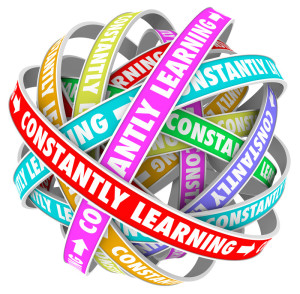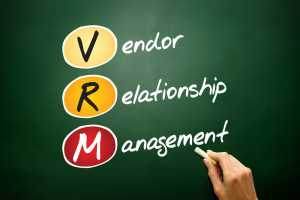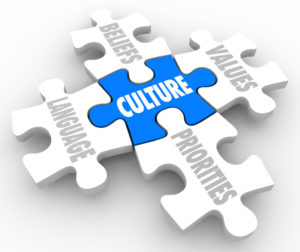Labor Day weekend is upon us. The last holiday weekend of the summer. A summer that we hoped would be more normal. One where we could enjoy vacation travel, visiting family again, and spending time with friends.
friends.
Was your summer what you expected? Did you get the break from work you needed? Did you get to see family?
Talking to my oldest daughter this morning, she described it as “the summer of yes”. She is a nurse practitioner and given what last summer was like with COVID-19, this year she was able to do short trips with her family and friends to Martha’s Vineyard, New Hampshire, and Maine. My youngest daughter and her husband finally got to see his family in Florida taking a road trip there with their two kids.
For our first vacations since before the pandemic, my husband and I planned a long Memorial Day weekend in New York City and a 2-week vacation in California that was to include a several day visit to my Minnesota family who I hadn’t seen since October 2019. Neither trip went as expected for health reasons. Over Memorial Day weekend, we spent two of the four days in a New York City hospital after my husband had another serious medical incident. I could write Part 2 of my September post “When healthcare becomes personal” at some point – this one would be a focus on the lack of interoperability. I’m happy to say he is fine but there are still medical mysteries for us. Our California trip had to be scrapped due to my injury from a bad fall though we still visited family in Minnesota where I was able to rest and take it easy.
But I can’t complain. It is truly heartbreaking to see the current COVID-19 surge with exhausted frontline healthcare workers and so many preventable deaths of people who are unvaccinated. We all long for better times.
If you have not found time this summer to take a break, even a “staycation” if you’re concerned about safe travel, or quality time with family, I hope you can find time in the coming weeks. I have written in the past about the importance of finding time to reboot, putting family first, and prioritizing self-care. Now more than ever we all need it.
Related Posts:









